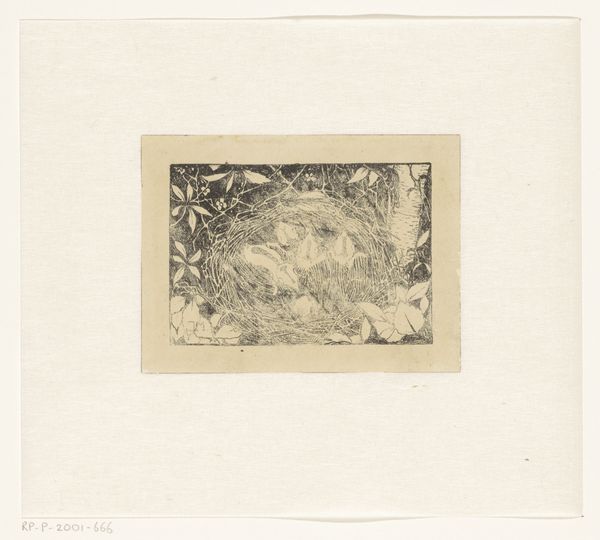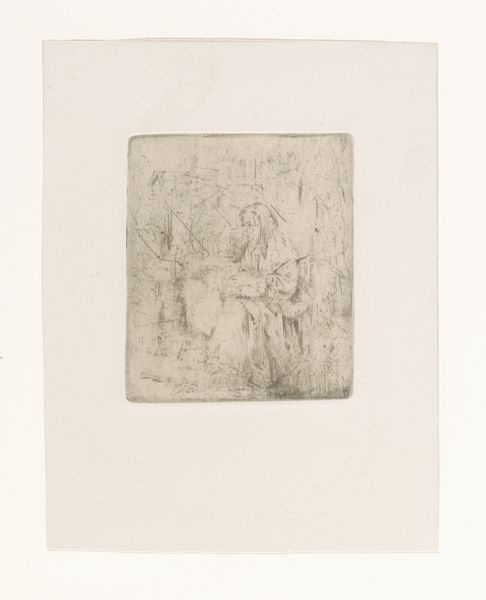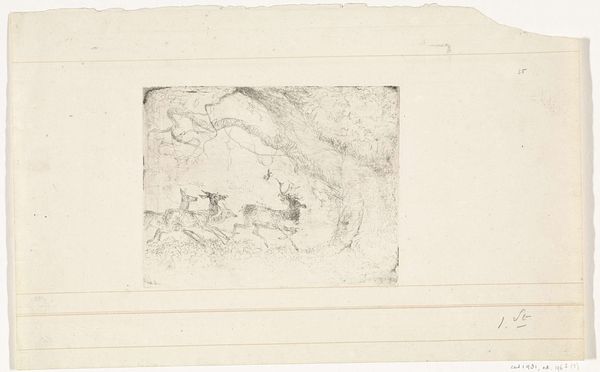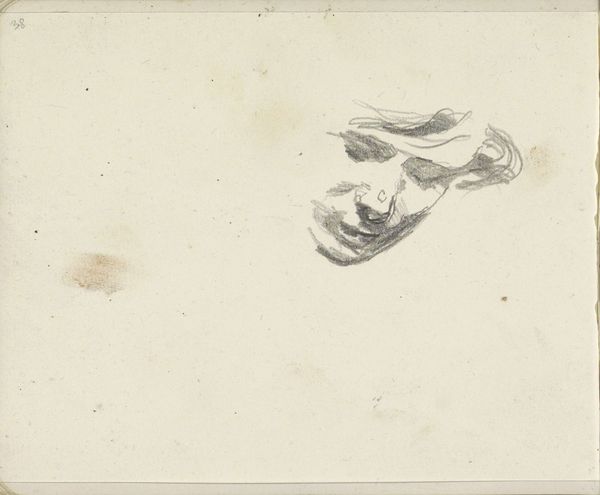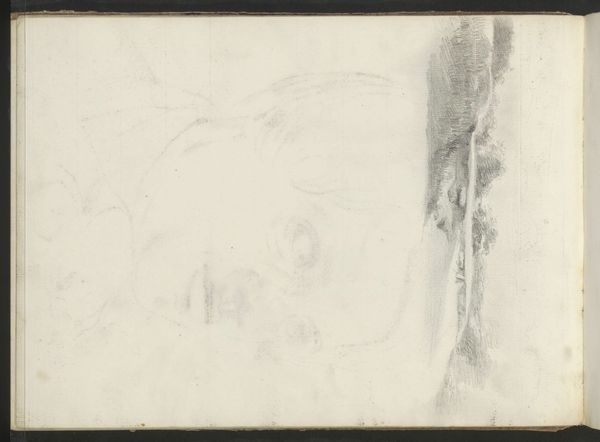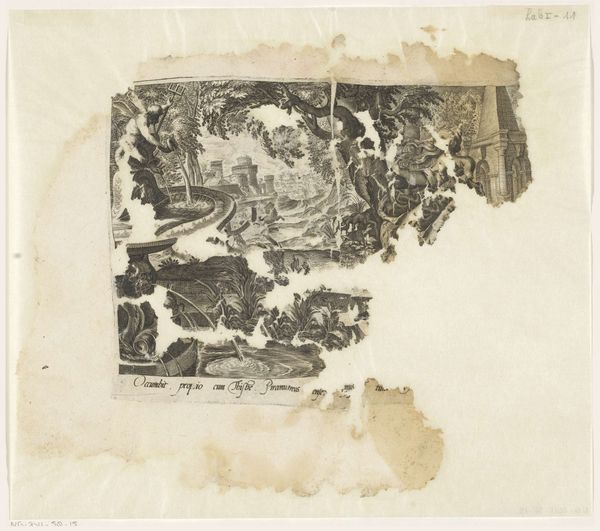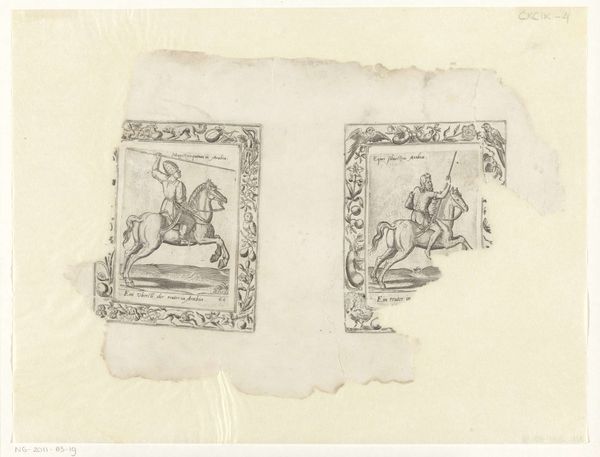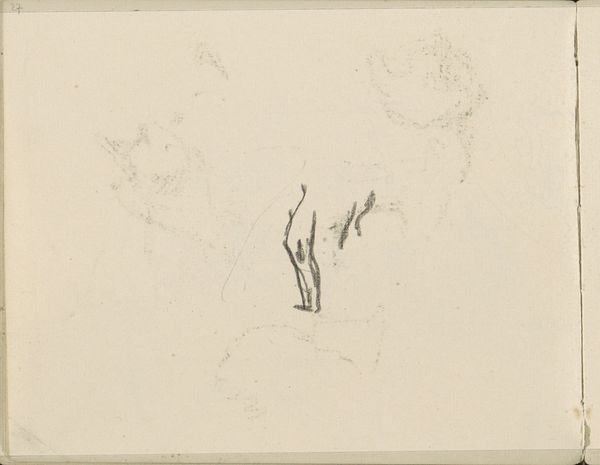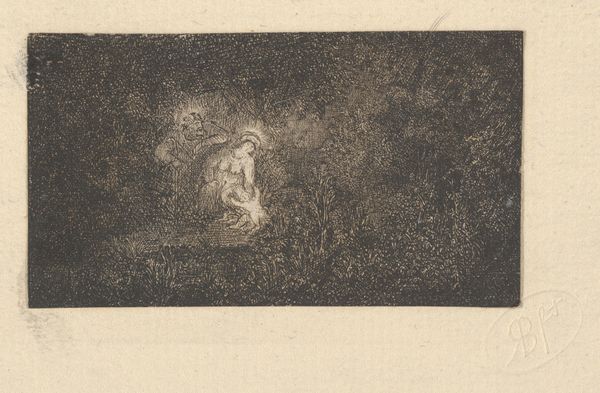
drawing, print, drypoint
#
portrait
#
pencil drawn
#
drawing
# print
#
pencil sketch
#
figuration
#
drypoint
#
realism
Dimensions: height 38 mm, width 71 mm
Copyright: Rijks Museum: Open Domain
Editor: Here we have Philip Zilcken’s “Krabbels en koppen op het visitekaartje van de kunstenaar,” a drypoint print from 1875 residing at the Rijksmuseum. The title itself suggests informality, a peek into the artist's process, perhaps. What stands out to me is the juxtaposition of the detailed portrait with the more abstract scribbles. What’s your take? Curator: It’s intriguing, isn’t it? Consider the social function of the ‘visitekaartje,’ a calling card—a marker of social standing in the late 19th century. Zilcken disrupts that conventional use. This isn’t just a name; it's a mini-portfolio, almost a rebellious statement. Editor: Rebellious how? It looks quite subdued in its tonality. Curator: Precisely because of that subversion within accepted norms. Think about the rising status of the artist in this period. Artists were actively crafting their image. Presenting 'krabbels' suggests artistic freedom and perhaps even genius, contrasting with the more commercial, standardized portraiture often associated with these cards. Who do you think would receive this card and how they interpret the gesture? Editor: I see what you mean! So, this ‘scribbling’ wasn’t just random, it was carefully chosen to challenge perceptions about artistic identity and the artist's role in society. Curator: Exactly. It transforms a simple introduction into a commentary on artistic expression. And the fact it's a print allows for wider circulation, subtly broadcasting this counter-narrative to more people. Editor: That's fascinating! It completely changes my perspective. It’s not just a sketch, it's a statement about the artist asserting their autonomy within a social framework. Curator: Indeed. Art always interacts with, and often pushes against, the structures that frame it. Editor: Thank you for the new insight, it enriches my understanding a lot. Curator: My pleasure. It's always about looking beyond the surface to understand art’s place in its world.
Comments
No comments
Be the first to comment and join the conversation on the ultimate creative platform.
